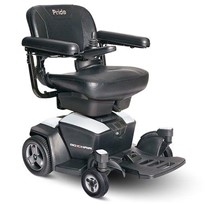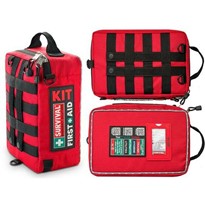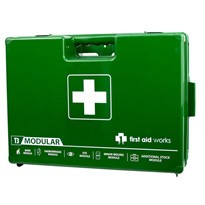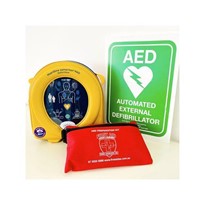If you’ve looked around your office, it’s likely you’ve noticed a fair amount of age demographic diversity. From Baby Boomers to Millennials, to the newest members entering the workforce, Generation Z, the workforce is a melting pot. Unsurprisingly, each generation brings different work-styles, needs and desires to the office setting. Managers and decision makers are tasked with keeping pace with the latest trends to recruit and retain talent, as employees move more readily between jobs and cross-generational interaction continues to grow. To harness the potential of this highly skilled and diverse workforce, a focus on workspace design, with an emphasis on overall well-being, is key.
Embrace wellness as a central philosophy
Generation Z is newly entering the workforce, and according to a survey by Thrive Global, Gen-Z is already stressed out about their health and well-being. According to Gallup, nearly six in 10 Millennials (57 percent) say that work-life balance and well-being in a job are “very important” to them. Additionally, according to the Organic Trade Association, 52 percent of organic consumers are Millennials. Millennials and Gen-Z have a strong interest in personal well-being, but don’t make the mistake of assuming they are alone. While they may be more likely to shop at farmers markets and buy organic, it doesn’t mean they’re the only generations to desire a safe and healthy workplace.
If you ask an employee from any generation if they’d prefer to work in an environment with health promoting benefits, the answer is most likely yes. Established in the 1970s because of public outcry against rising injury and death rates on the job, The Occupational Safety and Health Act (OSHA) requires states to ensure safe and healthy working conditions. It’s still a sound and age-neutral approach, but it needs a new twist. Instead of focusing primarily on hazards like slips, trips and injury prevention, many of today’s workers are at a desk all day, with a different set of safety, health and wellness needs.
A more modern wellness philosophy will address the many different dimensions of well-being, such as physical, social and intellectual. Not only will the approach foster a work environment that supports key pillars of well-being, but it’s a surefire way to meet the varying needs of employees across the age spectrum. While this may seem like a big undertaking, meaningful changes start by integrating these concepts into workplace design and culture.
Take a blended approach to office design
The benefits of a blended workforce also pose a challenge to office design. Paired with their fast-paced and on-demand mindset, younger generations look for more freedom and variety in their workspace, while Baby Boomers may feel more comfortable with familiarity and routine. This is evident in the evolution of office design. In years past, the office layout primarily consisted of private offices and large desks. Then came the wave of center office cubicles with natural lighting reserved for corner office executives. Fast forward to present day companies embracing open-office designs, collaborative work spaces and CEOs in the center.
While open areas and shared workspaces have appeal, it’s a trend that favors one work-style over another. For many workers, the open concept office acts as a distraction that hinders productivity. To design a workplace that’s multi-generational, it needs to have a mix of private, dedicated workspaces, collaboration spaces, café-style temporary workspaces and lots of meeting rooms. This type of blended approach will address the needs of some workers to have consistency and peace and quiet, while others can opt for variety and background noise.
In addition to variety, try to blend wellness with productivity. The Gen-Z workforce is tuned into the physical elements of their environment and how they might boost productivity. The WELL Building Standards address seven core concepts that influence the health and well-being of building occupants. When designing your space, think about air and water quality, and access to healthy food and natural lighting. Integrate fitness and comfort, giving employees the ability to sit or stand.
Reassessing business needs helps expose new areas of concern, like the health issues workers face when dealing with poor ergonomics and too much sitting. Adopting sit-stand workstations, a movement Apple’s CEO Tim Cook recently took part in, is one of the easiest ways for businesses to introduce non-disruptive low-level activity into the heart of the workday, addressing the well-being need head-on. Ergotron’s Workplace Movement Assessment found that the benefits of sit-stand desks in the workplace extended across generations, unlike some office programs and interventions. While in some cases, older generations have been resistant to engage in wellness programs, research shows that this age group represents the early adopters of sit-stand solutions – whether via pilot programs through their place of business or to help manage their own existing health concerns. For the younger generations, sit-stand computing offers a proactive way to manage a healthier work life long term.
Design is not only a tactic for recruiting the next generation of talent. It should be evaluated regularly to ensure it equally supports wellness, engagement and productivity. Functional design that supports employees’ well-being doesn’t have to be complicated, and it’s undeniably a corporate responsibility to care for employees.
Meaningful work happens when employees are happy and healthy. Now more than ever, employees from all walks of life are looking to join companies that offer a wide range of experiences and a blended approach when it comes to their well-being.
Having a broad range of generations in a business is a good thing. The challenge comes in trying to accommodate their varying need for optimal work settings. Bridging the significant differences between them with effective workplace strategies is critical to produce a healthy, productive and competitive work environment that companies can sustain through the years. Cultivating a healthy environment on a larger scale is possible when companies create a dynamic workspace that reflects the diversity, and often the similarities, of their workforce.







-160x160-state_article-rel-cat.png)


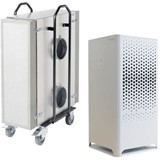
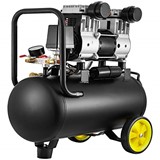






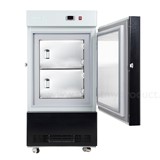
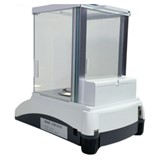



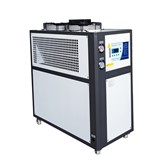
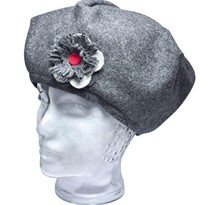


-205x205.jpg)
